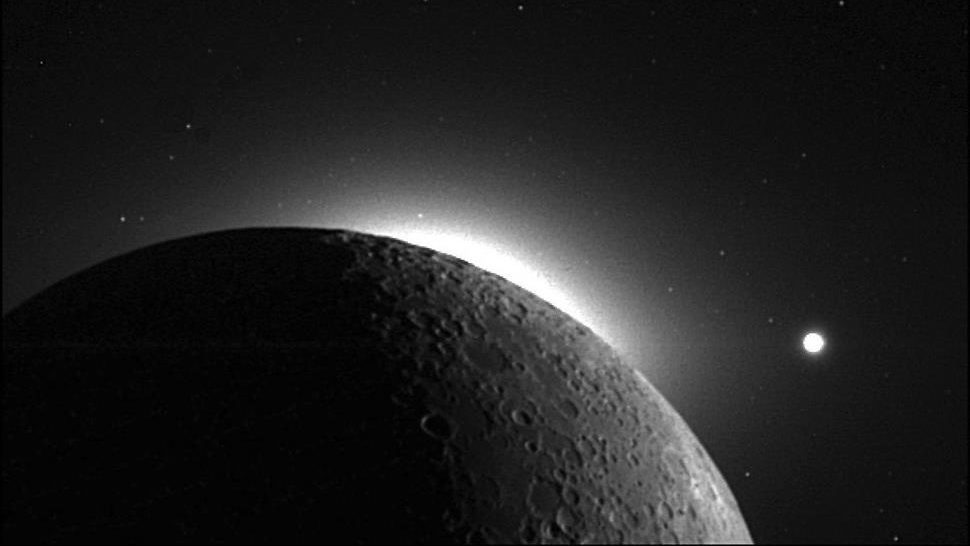What can minerals tell us about the Earth’s evolving colors? According to mineralogist Bob Hazen, they reveal an incredible history.
Thanks to new research, we now know that minerals play immense roles in technology, agriculture, and the very origin of life itself, even down to our planet’s colors. Hazen explains the mineral roadmap of Earth’s transformation – starting as a black basalt-covered planet, evolving into a blue ocean world, transitioning to a red rusted landscape, and finally becoming the green, lively planet we know today.
Hazen elaborates on how minerals have been essential in processes like plate tectonics and biomineralization, exemplifying the co-evolution of the geosphere and life. Using the knowledge that each and every mineral serves as a time capsule, we are able to better understand the 4.5 billion-year history – and potential future – of our Earth.
Robert Hazen: I am a mineralogist, and I love minerals. They're incredibly important in our lives. Virtually all the raw materials we use for technology, automobiles, and agriculture depend on minerals. But what else? Minerals tell stories because they're information-rich. Every mineral is a time capsule, telling us about the four and a half billion-year history of our planet. We wouldn't be here or able to talk about minerals if it weren't for the minerals themselves.
Minerals were fundamental to the origin of life, providing key steps like catalysis, reactance, and protective surfaces essential for life's chemistry. Earth has gone through astonishing changes in character and color. It started as a black planet covered with basalt, then transformed to a blue ocean world. Plate tectonics created gray continents of granite, and life evolved to produce an oxygen-rich atmosphere, rusting the planet and turning it red.
Earth experienced extreme temperatures, at times covered entirely by white ice. As the ice melted, the continents became green with life adapting to land, leading to biomineralization with shells, teeth, and bones. For the entire four and a half billion-year history, we've seen the co-evolution of the geosphere and life, resulting in the abundant life we see on Earth today.






